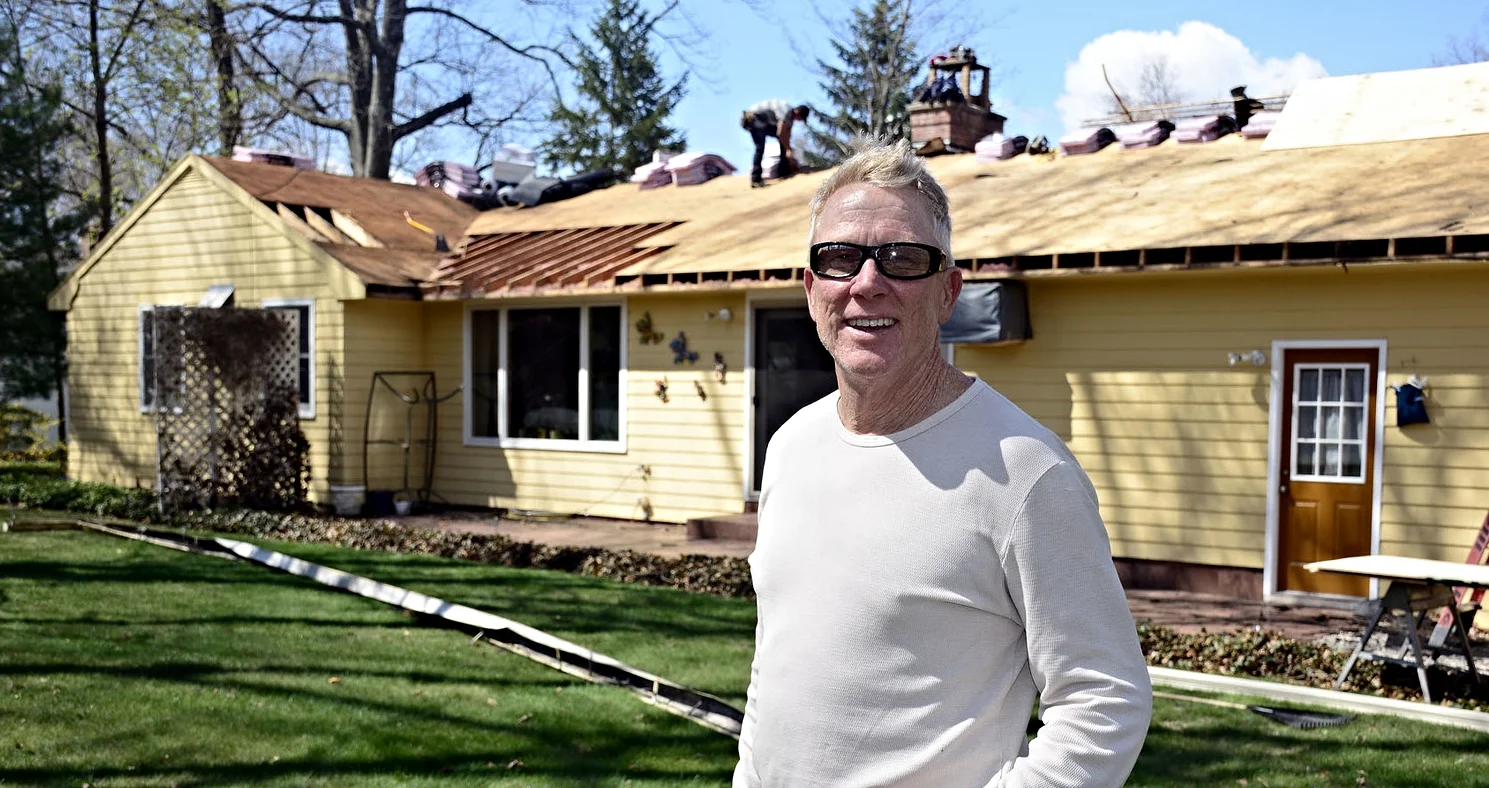Waterproof Your Chimney for a Leak-Free Winter
Chelsea O'Donnell
You may have never thought about exterior chimney maintenance unless you’ve had a problem, but because chimneys come up above the roofline, they are more susceptible to harsh weather than any other part of your home. That’s why spending a little time and money to waterproof and protect the area can save you thousands of dollars and plenty of potential headaches down the road.
If you plan on waterproofing your chimney, the first thing you’ll have to do is measure the surface area. Take care to measure all sides and add the measurements together to find the total surface area. This will help you to determine how much material you will need.
Now, it’s time to clean. Your chimney will most certainly have mold, dirt, rust, and stains on it, and you’ll want to remove them before starting the waterproofing process. I like Chimney RX Safer Brick and Masonry Cleaner which you can use instead of muriatic acid for the same cleaning power without the harsh fumes or risk of burns. Applying the solution is easy: just use one part cleaner with four parts water and apply to the area with a pump sprayer. You can then either scrub the surface or use a power washer to remove the debris. Let everything dry for at least 24 hours before moving on to the next step.
Next, you can start to prepare the area for any potential repair work. You don't want to damage your roof and shingles when waterproofing your chimney, so use a canvas drop cloth to cover the area as plastic can get very slippery. Make sure to cover over any windows or skylights that are in reach as well. Once waterproofing overspray has been applied, it will be incredibly difficult to remove.
If you have minor cracks in the chimney, now is the time to fill them. Chimney RX makes a Masonry Crack and Joint Sealant that works really well on small cracks up to one-eighth of an inch. It simply paints on and then dries a milky white color. However, if you have larger cracks or if you need any part of the chimney rebuilt or tuckpointed, I highly suggest calling a professional to manage the repair.
Once minor work has been completed, you’re ready to apply the waterproofing agent. Again, ChimneyRX makes a great product for the job. No matter what you use, be careful. Most people don’t realize that there is a difference between water repellent and sealant. A sealant will form a hard surface, trapping water inside and making the area susceptible to leaks, whereas a repellent will still enable the porous bricks to breathe and move the way they are supposed to.
Applying the sealant is as easy as the cleaning step - all you’ll need is a pump sprayer with a fan nozzle. The product that you use will give instructions for the amount that you’ll need, so just go by your surface area and the directions provided. I always suggest starting from the base and working your way up, applying heavy coats using a side to side spraying motion. Unlike painting, it’s a good idea to apply a “flood coat” first and then top it up with a second coat within just a few minutes to even it out. For areas that feel oversaturated, have a soft bristle brush handy. Also, be sure you’re working in good weather - while waterproofing products do dry quickly, you’ll want to give them a good six hours in the sun to fully set before a bout of bad weather.
Finally, just like any job on a roof, please make sure you’re comfortable with heights and working from a ladder before you tackle this project. The last thing we want is a trip to the emergency room from a nasty fall. When in doubt, always hire a pro to tackle the job.
Bob O'Donnell is the owner of O'Donnell Bros, Inc., a Bristol-based home improvement company established in 1975. Email your questions for Bob to info@odonnellbros.com with the subject line “Ask the Pro”. All questions may be considered for publication. To contact Bob for your remodeling needs, call O'Donnell Bros, Inc. at (860) 589-5155 or visit www.odonnellbros.com. Advice is for guidance only.
